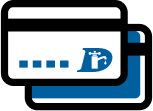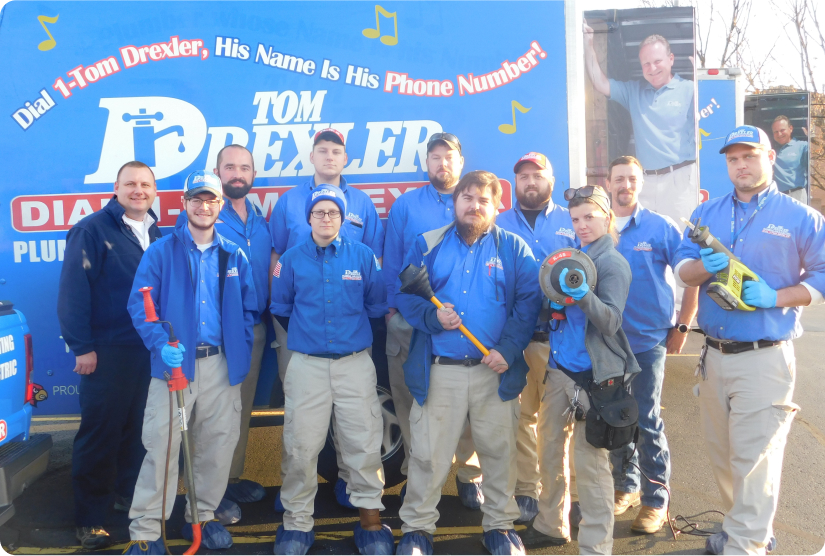
When people debate the “perfect” thermostat temperature, things can get a little heated. Many argue there’s one magic setting you should use all the time. In reality, the ideal setting shifts with your schedule. The challenge lies in striking a balance between comfort and cost. Find out why the best temperature isn’t fixed and how it might change throughout the day.
What the U.S. Department of Energy Recommends
The DOE suggests setting your thermostat between 68 and 70 degrees F when people are awake and at home. Then, lower the temperature by 7 to 10 degrees when the house is unoccupied or everyone is sleeping. Do this for at least eight hours a day to save up to 10% on home heating costs.
Why the “Best” Temperature Varies by Situation
The ideal setting at any given moment depends on several factors:
- Occupancy: If no one is home, there’s no need to maintain a warm temperature. Lower the setting during unoccupied hours to save on heating bills.
- Time of day: Morning and evening hours likely have similar comfort needs. However, setbacks are usually appropriate overnight when you’re bundled under the blankets.
- Weather and home conditions: Outdoor temperatures, sun exposure, and wind affect how warm or cold each room feels. A sunny south-facing room may heat up naturally, while a north-facing room remains chilly. Poor insulation and drafty windows also sap heat from affected rooms.
- Personal preference and health: Older adults, infants, or those with sensitivity to cold may feel better at slightly higher temperatures.
How Strategic Adjustments Save Energy (Without Losing Comfort)
Sure, you can save by cranking down the heat wildly, but strategic setbacks are more sustainable. Here are some recommended ways to maximize savings without adverse effects:
- Use the “away” or “sleep” modes on your programmable or smart thermostat for automated setbacks.
- Remember to account for your pets if they remain at home when everyone else is gone.
- Never turn the thermostat off entirely. Doing so risks dangerously low indoor temperatures, which could lead to frozen or burst pipes.
- Set the temperature no lower than 55 degrees to protect your plumbing.
Smart Thermostats
Smart thermostats take the hassle out of manual programming. They can:
- Learn your daily patterns and adjust temperature schedules automatically
- Respond to remote control commands via an app or smart speaker
- Use geofencing or sensors to detect when you’re away and shift to energy-saving mode
HVAC Zoning
Zoning is another worthwhile feature. It divides your home into multiple temperature zones, each with its own thermostat and ductwork dampers. This allows you to:
- Heat only occupied areas rather than the whole house
- Avoid wasting energy heating unused rooms
- Let occupants of each room control the temperature independently
For example, if no one’s upstairs during the day, you can lower the temperature in that zone and focus your heating efforts on the ground floor. Reverse this at night to direct more heat to the bedrooms where people are sleeping.
Common Thermostat Pitfalls & Practical Tips
Here are some frequent complaints and how to sidestep them:
- The battle for the thermostat: Set a baseline temperature, and let everyone make personal adjustments without touching the dial. This might include wrapping up in a blanket and running a space heater to warm up or cracking the window to cool down. Zoning is also a great way to end the thermostat wars once and for all.
- Poor thermostat placement: Don’t mount a thermostat where it could be exposed to sunlight or drafts, behind furniture, or near doorways. These locations distort the reading and may cause over- or under-heating.
- Neglected maintenance: Keep the thermostat clean, replace the batteries once a year, and ensure the wires are secure.
Request Smart Thermostat Installation from Tom Drexler
Your ideal home temperature is less about a fixed number and more about flexibility and timing. If you want better heating efficiency in Cincinnati, OH, Louisville, KY, or Southern Indiana, schedule an inspection with Tom Drexler Plumbing, Air & Electric. We’ll help you optimize your heating comfort and efficiency.
Contact us today to schedule a thermostat upgrade or zoning retrofit.






